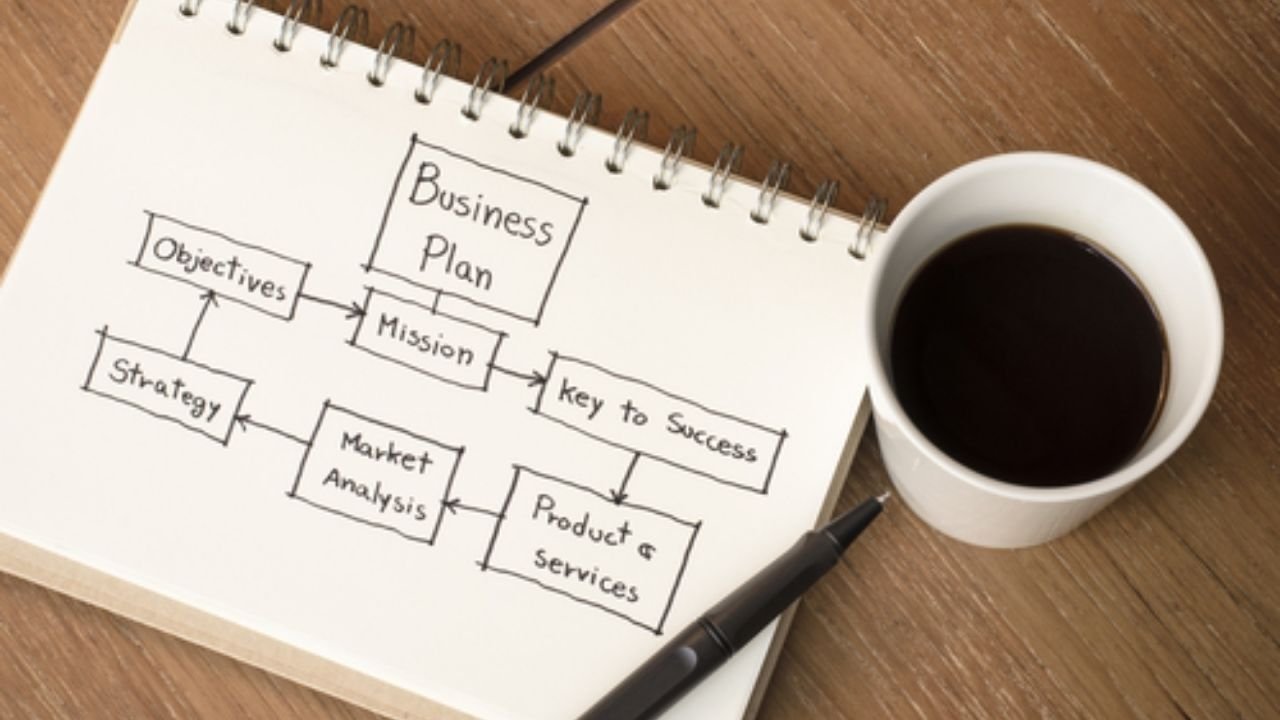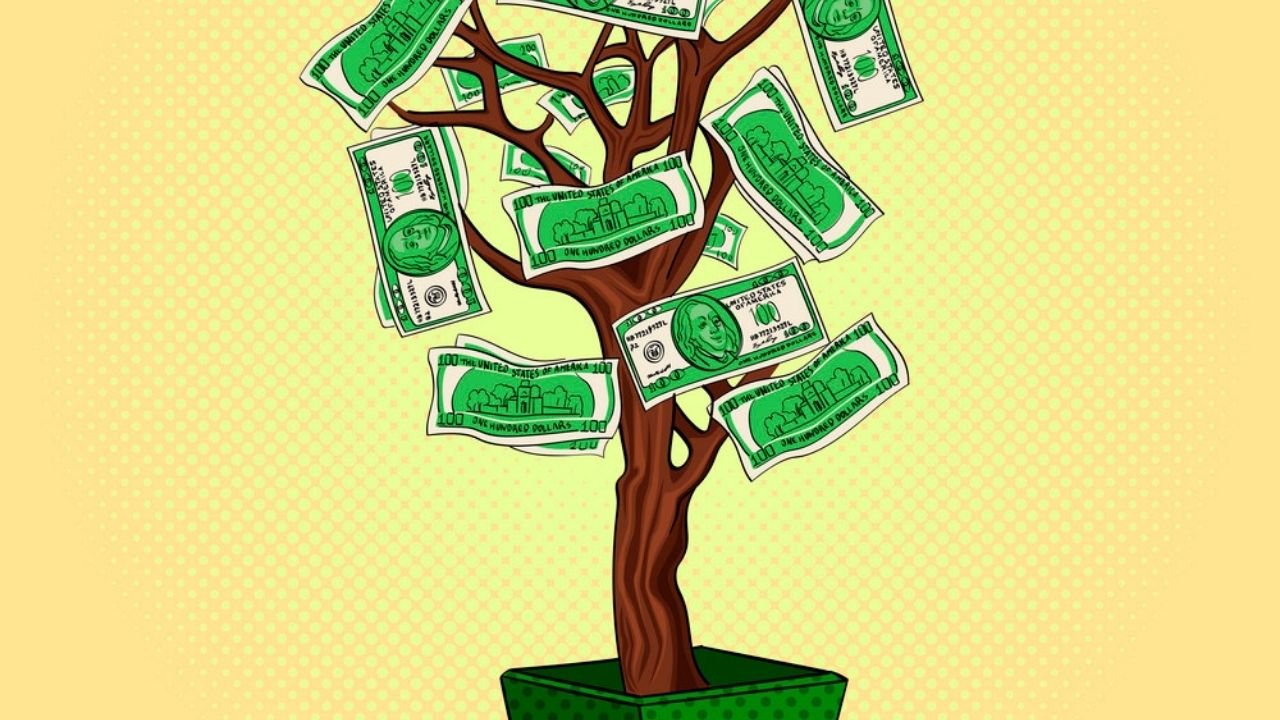Write A Business Plan With Us

Now that you understand why you need a business plan, and you’ve spent some time doing your homework gathering the information you need to create a business plan, it’s time to roll up your sleeves and write everything down on paper. The following pages describe in detail the seven basic parts of a business plan: what to include, what not to include, how to deal with these numbers, and other resources you can ask for help. With this in mind, just jump in.

Executive Summary
In the general outline of the business plan, the executive summary will follow the title page. The abstract should tell the reader what you want. This is very important. Many times, the wishes of business owners are buried on page 8. Clearly state your request in the summary.
Business Description
The business description usually begins with a brief description of the industry. When describing the industry, analyze current prospects and future possibilities. You should also provide information on all markets in the industry, including new products or developments that will be beneficial or detrimental to your business.
- Before writing a plan
- How long should your plan last?
- When is it written?
- Who needs a business plan?
- Why write a business plan?
- Determine your goals and objectives
- Describe your financial needs
- Plan how you will use your plan
- Don’t forget marketing
- Write your business plan
- How to write a business plan
- Elements of a marketing plan
- Update your plan
- Improve you Business plan
- business plan tool
- business plan software
- instruction book and manual
- business plan template
- business plan sample
Market strategy
market strategy is the result of careful market analysis. A market analysis forces entrepreneurs to become familiar with all aspects of the market in order to determine the target market and position the company to gain its sales share.
Competitive analysis
The purpose of a competitive analysis is to determine the strengths and weaknesses of your competitors in your market, strategies that provide you with unique advantages, barriers that can be developed to prevent competition from entering your market, and any weaknesses that can be eliminated in product development Use within the cycle.
Design and Development Plan
The purpose of the Design and Development Plan section is to provide investors with a description of the product design, map its development in the context of production, marketing, and the company itself, and formulate a development budget that will enable the company to achieve its goals.
Management and Operations Plan
Management and Operations Plan is designed to describe how the company continues to operate. The operational plan will highlight the logistics of the organization, such as the various responsibilities of the management team, the tasks assigned to each department of the company, and the capital requirements and expenses related to business operations.
Financial factors
Financial data is always behind the business plan, but this does not mean that it is less important than previous materials, such as business concepts and management teams.
Also Read: Apple Emps Do Not Want To Return
The Entrepreneurs Diaries is now available on Telegram. Join our telegram channel to get instant updates from TED.




